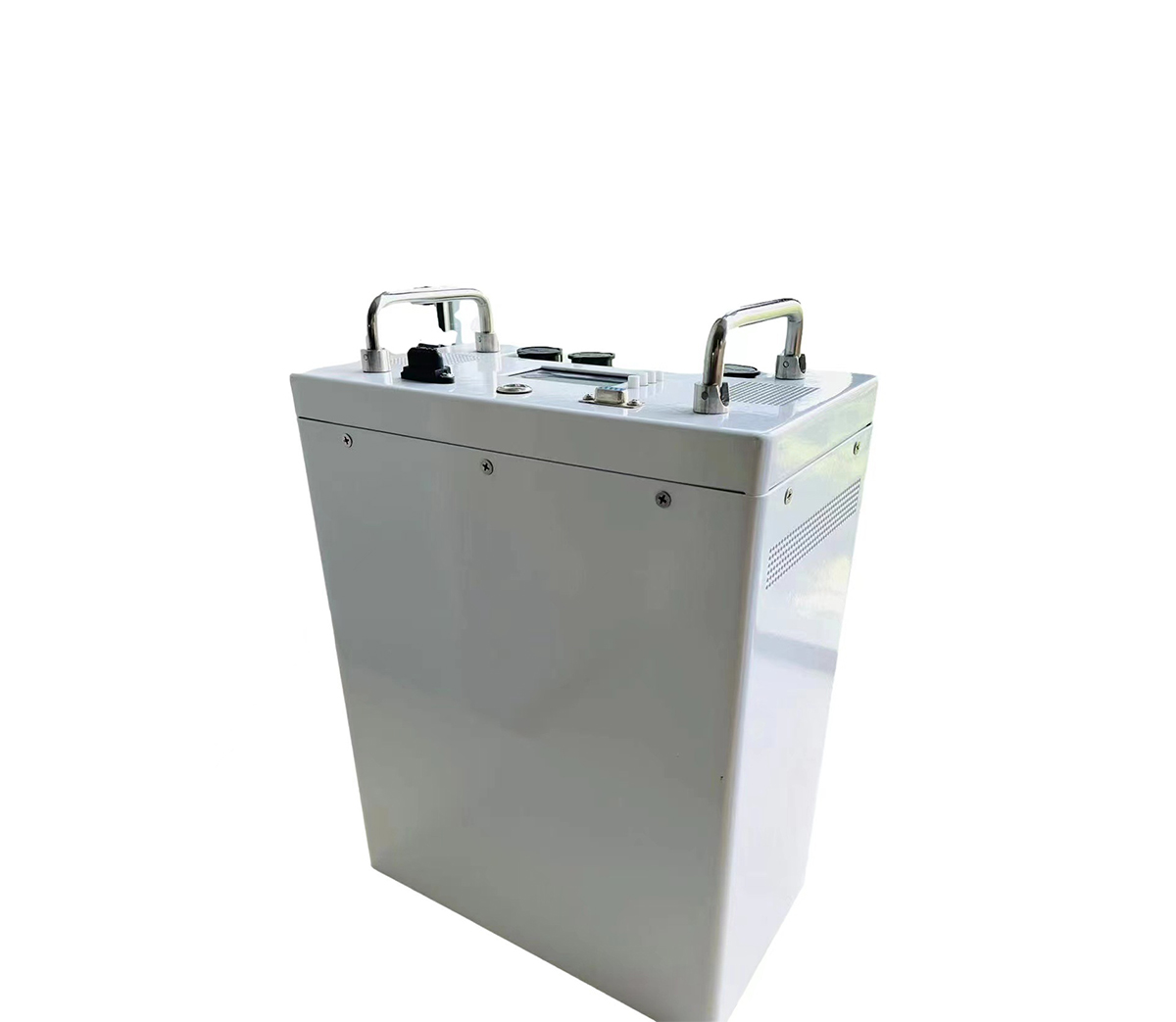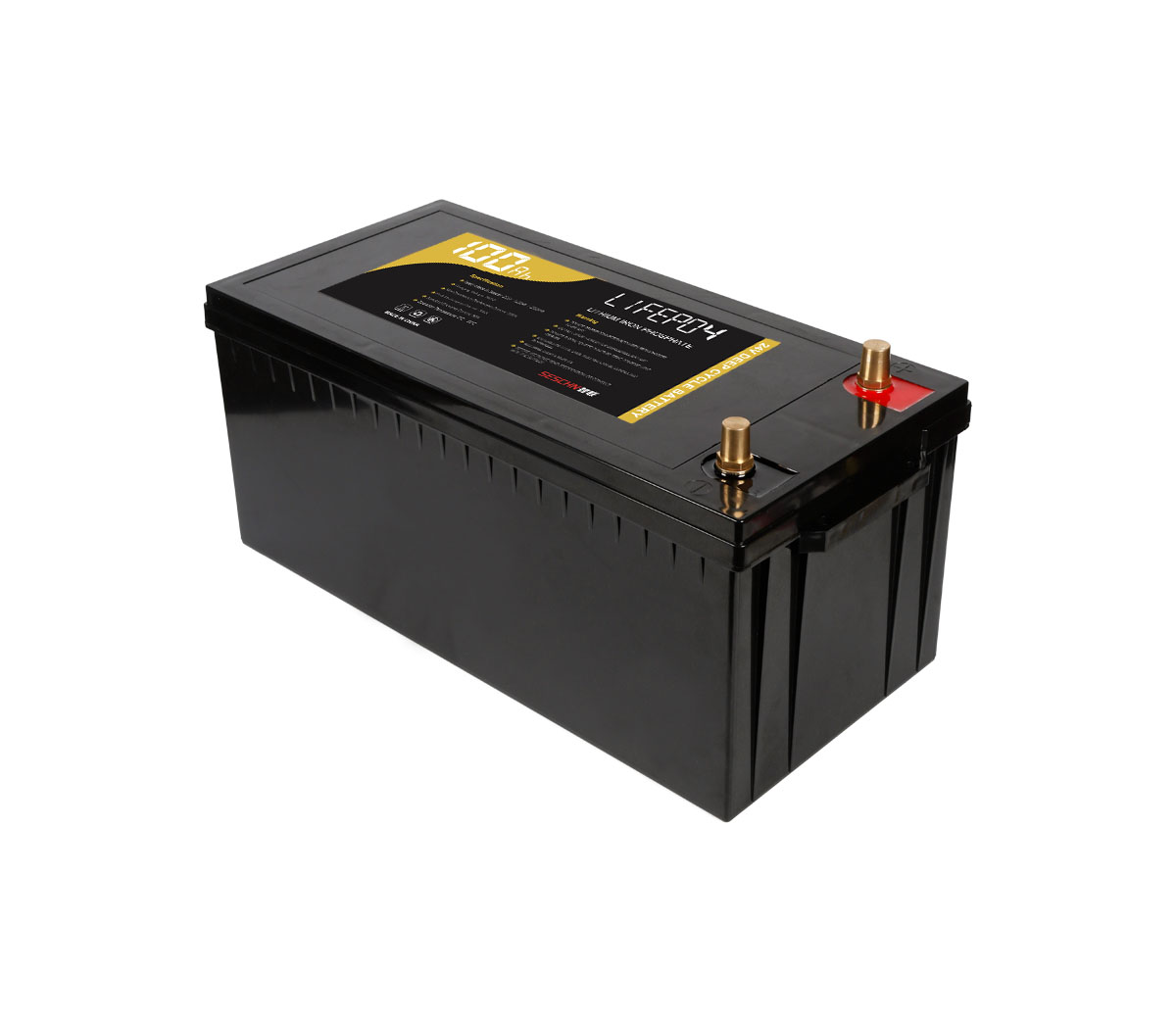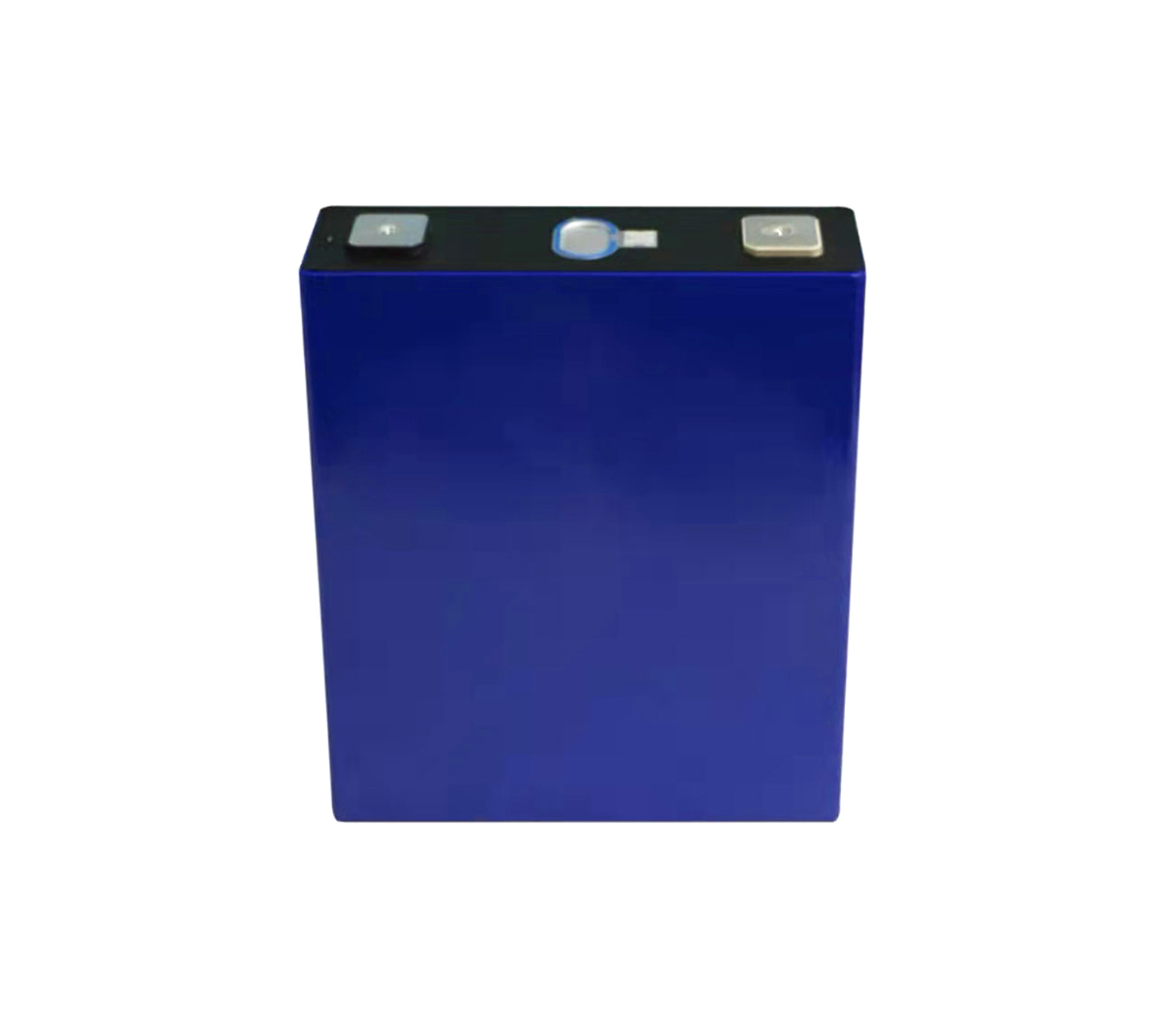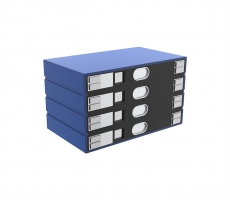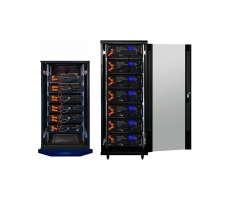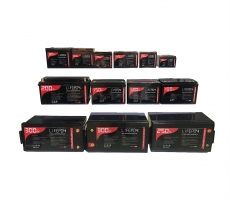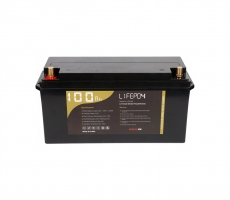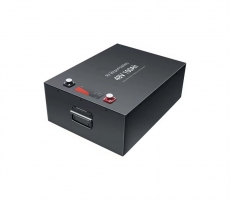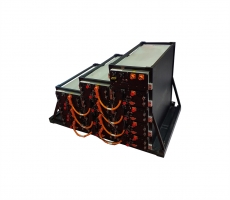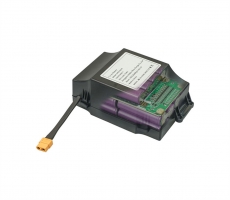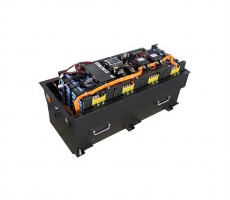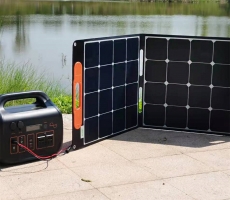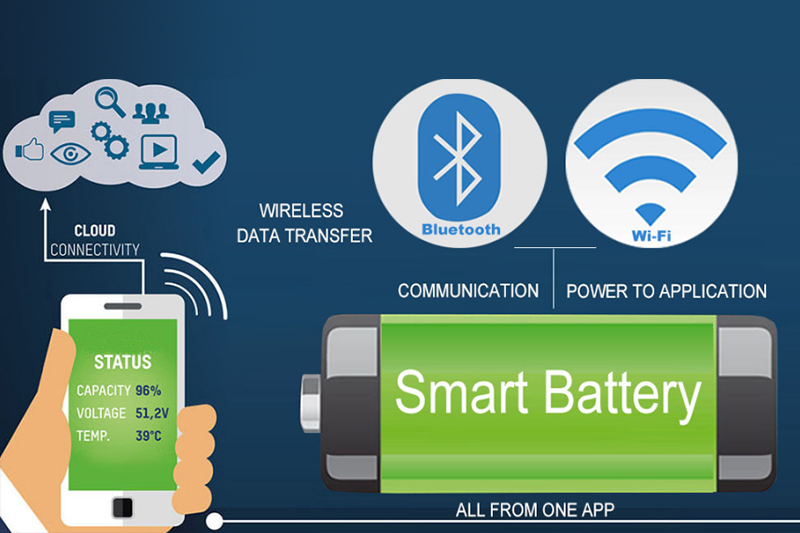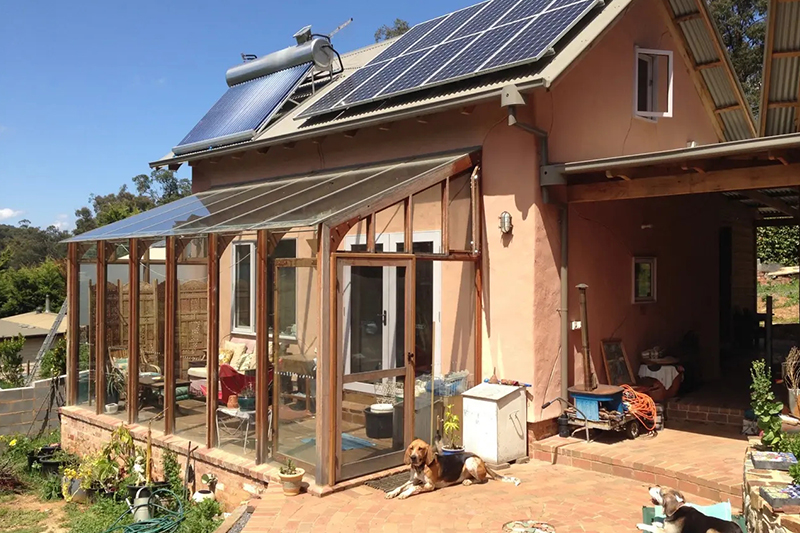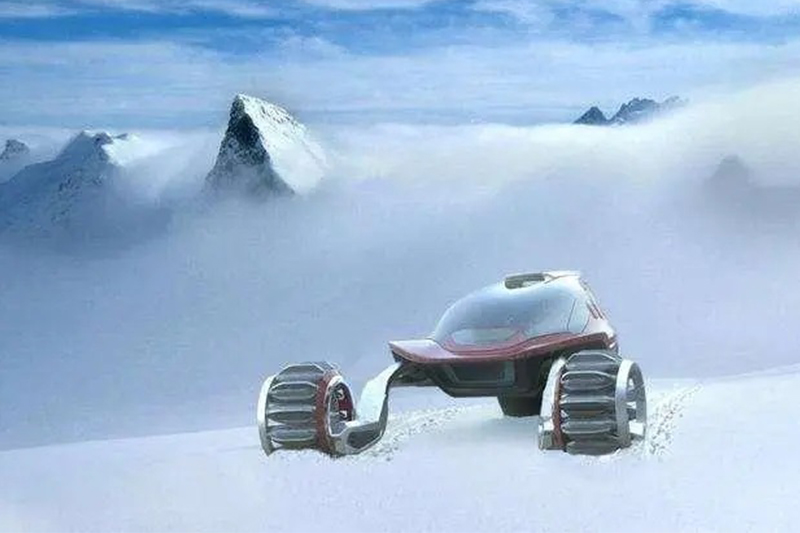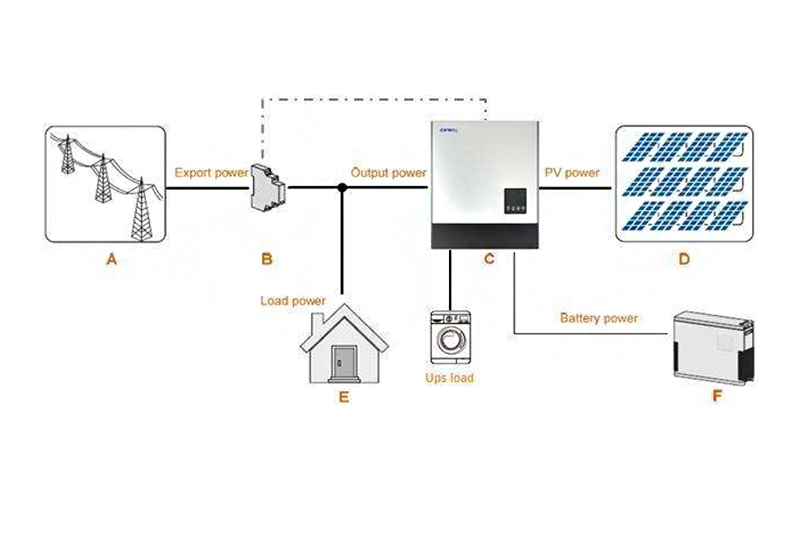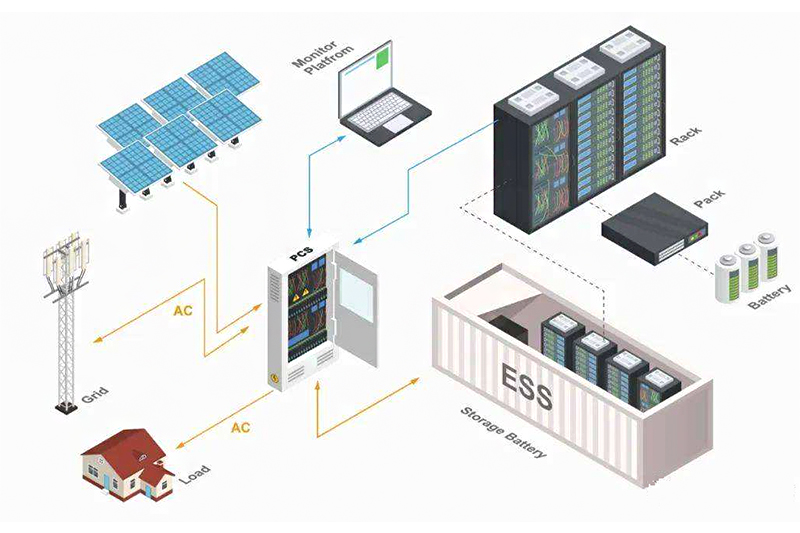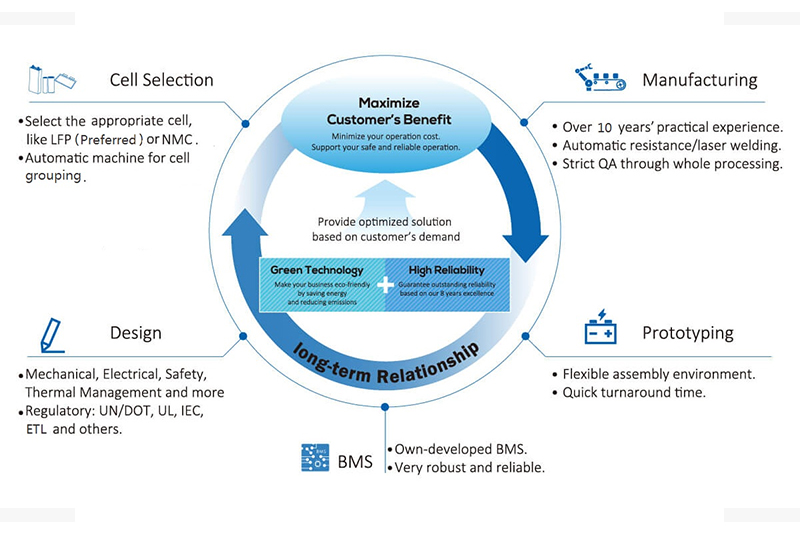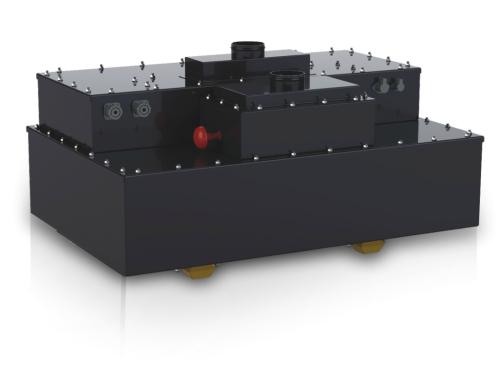
Recently, Hitachi has developed a 48V lithium-ion battery pack with high
power output suitable for small-displacement vehicles for medium-hybrid
vehicles. Due to its system's good fuel consumption reduction effect and high
cost performance, it is expected to be popular in China and Europe. The 48V
system currently on the market is mainly used for micro-hybrid and weak hybrid
vehicles. The lithium-ion battery pack developed by Hitachi this time further
expands the application of the 48V system in the field of hybrid vehicles.
48V system concept
In order to more effectively save energy, reduce emissions, and improve
fuel economy, people have found a new system between the transformation of the
engine itself and the replacement of a completely new power system, that is, the
hybrid power system. Nowadays, a hybrid system is widely used, that is, in a car
with a gasoline and diesel engine, an electric motor is added, and the two
engines work together. The initial micro-hybrid system is to add a belt-driven
starter motor (BSG) to the starter motor (usually 12V) on the traditional
internal combustion engine. The motor is a stop-start integrated motor to
control the start of the engine. And stop, thereby canceling the idle speed of
the engine, reducing fuel consumption and emissions, that is, the so-called 12V
micro-mixing system has the function of automatic start and stop.
The 48V system is an improvement to the 12V micro-hybrid automatic
start-stop system. The voltage of the system is 48V. The traditional lead-acid
battery is replaced by a power lithium-ion battery with an energy of less than
one kilowatt-hour, and the traditional starter motor and generator are replaced
by a BSG motor. It is equivalent to an enhanced version of the automatic
start-stop system. In addition to the automatic start-stop function, it can also
provide auxiliary power when necessary.
The source of the 48V system
The concept of the 48V system originated from the joint launch of several
German vehicle manufacturers including Audi, BMW, Daimler, Porsche and
Volkswagen in 2011 and the development of the LV148 standard. In June 2013, the
European Union approved the 2020 carbon dioxide emission standard, which
requires that the average carbon dioxide emission level of new cars be
controlled at 95 g/km by 2020; if European car manufacturers cannot meet the
requirements for CO2 emission restrictions in the future, they will face A fine
of up to 95 Euros per gram per car per excess. This compulsory standard has
prompted OEMs and component suppliers to reduce the fuel consumption of vehicles
from different technical routes. The 48V system has become the focus of
attention in the industry due to its increased limited cost and significant
energy-saving and emission-reduction advantages.
Compared with the advantages of the 12V micro-hybrid system, Hong Yinglin,
Delphi Parker’s Asia Pacific New Energy Product Manager, gave us an example:
“For example, air conditioners. When a traditional car is waiting for a red
light, the engine is idling, and the belt-driven air conditioner compressor can
Continue to work, the air conditioner will still be cooled. But for cars with
start-stop function, they need to switch to electric air conditioners when they
wait for the red light, otherwise the passengers have to endure the environment
without air conditioning when the red light or traffic jam. An electric
air-conditioning compressor The minimum power is 2.5kw. If 12V is used for power
supply, the grid will be unbearable, and 48V will be no problem. In addition,
the 48V side can also provide power for active suspension, electric steering,
electric heaters, etc."
At present, the mainstream in the Japanese market is a strong hybrid
vehicle equipped with a high-voltage battery of more than 100V, which uses a
lithium-ion rechargeable battery module of more than 100V. Although it can
greatly improve the fuel efficiency of hybrid vehicles (HEV), it is a special
component And the cost of withstand voltage components is high. Using a 48V
system will also increase the cost, but compared to the cost of a pure electric
vehicle or a strong hybrid car, the 48V system can save 40% to 60% of the cost,
and the 48V lithium-ion rechargeable battery module can also increase the cost
by 10-15%. Fuel efficiency.
One of the keys to the 48V system specification is the lithium-ion battery
technology, which can provide a higher (3 times) energy density than the
lead-acid chemical battery, and reduce the size and weight. The 48V lithium-ion
battery has better charging performance and can more efficiently store the
energy recovered by the car’s braking, which can provide more and more
electronic loads (such as front seat heating, heated windshield, rear Shock
absorber) provides more power. 48V lithium ion battery system application
status
One of the keys to the 48V system is lithium-ion battery technology.
Compared with lead-acid batteries and nickel-hydrogen batteries, lithium-ion
batteries have higher energy density and better charge and discharge
performance. The voltage of lithium-ion batteries is as high as 3.7V. In order
to meet the voltage requirements of electric vehicles, it is necessary to
connect single batteries in series and parallel to form a battery pack to meet
the high-energy and high-power conditions required for electric vehicles. Under
normal circumstances, the car power system regards the battery pack as a single
battery. During the start and stop of the car, the entire battery pack undergoes
frequent charging and discharging processes. The battery pack is composed of
single cells, and the absolute consistency of the battery cells cannot be
guaranteed before leaving the factory. If a battery in the battery pack has
undergone multiple charge/discharge cycles, its state of charge cannot be
periodically balanced with other batteries , It will eventually enter a deep
discharge state, which will cause damage and eventually cause a battery pack
failure. Therefore, we need a battery detection system (BMS: Battery Management
System) to monitor and measure the overall condition of the battery pack and
individual batteries, including voltage, current, and charge. Status, etc., and
replace the single battery in time to extend the endurance and service life of
the battery pack.
The 48V lithium-ion battery pack newly developed by Hitachi this time
contains BMS substrates, battery cells, relays, and fuse packs in the same box.
It has strong assembly and high reliability. This battery pack can accelerate
and decelerate the vehicle. As well as energy regeneration during braking, it
supports the efficient operation of hybrid vehicles' engines and motors.
At present, the 48V lithium-ion battery packs on the market generally
consist of 12 to 13 single cells, which are mostly used in the field of small
pure electric vehicles such as electric bicycles, electric motorcycles, electric
tricycles, etc., as well as power tools; mainly for vehicles Lithium-ion power
battery manufacturers include AVIC Lithium, CITIC Guoan Mengguli and Wanxiang
Group.
In the field of hybrid vehicles, the 48V lithium-ion battery pack system is
mainly used in micro-hybrid or weak-hybrid systems, and is at the level of
research and development and limited production. In response to the development
of more energy-efficient automotive products, car giants are developing
automotive products that use 48V automatic start-stop systems. The world's
leading industry research organization IHS released a report that by 2025, 48V
mild hybrid vehicles will account for more than half of all hybrid vehicles, and
95% of mild hybrid vehicles will adopt the 48V solution.
The 48V lithium-ion battery pack developed by Hitachi this time can be
applied to moderate hybrid electric vehicles, with higher input power and output
power, and the battery cells have excellent low temperature resistance, and the
output density is the same as that of the previous Hitachi battery cells. 1.5
times, both good fuel consumption reduction effect and high cost performance
have played a role in promoting the popularization of mid-mixed vehicles in
China and Europe.










